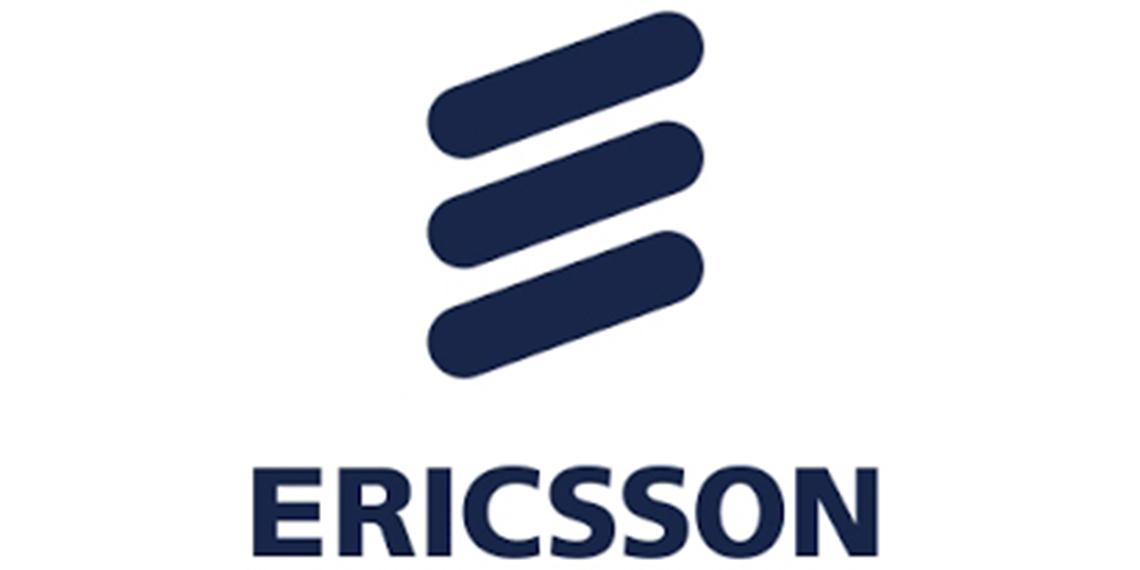As operators evolve their LTE networks and plan for 5G commercialization in 2020, the need to address a diversity of mobile demands across their coverage areas is driving the requirement for greater flexibility in network architectures. Ericsson Cloud RAN portfolio addresses this with architectural options for Distributed and Centralized RAN deployments as well as new Elastic RAN and Virtualized RAN solutions. Ericsson Virtualized RAN, slated for operator field trial in 2016, will be live at MWC 2016.
Ericsson Virtualized RAN enables Virtual Network Functions (VNF) to be supported on a split architecture, with parts of the protocol stacks centralized on commercial off-the-shelf (COTS) hardware, while others are decentralized. Ericsson enables both RAN and core functionality to be co-hosted on the same server, increasing the operational simplicity and savings enabled by virtualization without compromising on performance. Ericsson's live Cloud RAN demonstration at MWC 2016 in Barcelona will feature radio access functionality virtualized on remote servers located in Sweden, including virtual instances of the Radio Resource Control Function (RRCF) and Packet Data Conversion Protocol (PDCP) function. Ericsson will also showcase its end-to-end role in the Network Functions Virtualization (NFV), including virtual EPC gateway functionality for local breakout of specific services or devices.
Arun Bansal, senior vice president and head of Business Unit Radio, Ericsson, says: "Working with leading operators around the world, Ericsson understands that there is no one-size-fits-all mobile access architecture that can address the diversity of operator requirements for coverage, capacity and network optimization and evolution. Ericsson Cloud RAN provides operators with the flexibility to centralize, distribute, scale and virtualize their radio access network functions to efficiently meet their performance requirements today and as they evolve to 5G."
Current growth patterns in data traffic are driven both by increased smartphone subscriptions and a continued increase in average data volume per subscription, fueled primarily by more viewing of video content. This growth will intensify with adoption of cellular IoT and Low Power Wide Area (LPWA) networks, supporting millions of IoT device connections per cell site. The diversity of user cases associated with IoT and the resultant range of demands that this will place on mobile networks will also drive the need for Cloud RAN flexibility.
